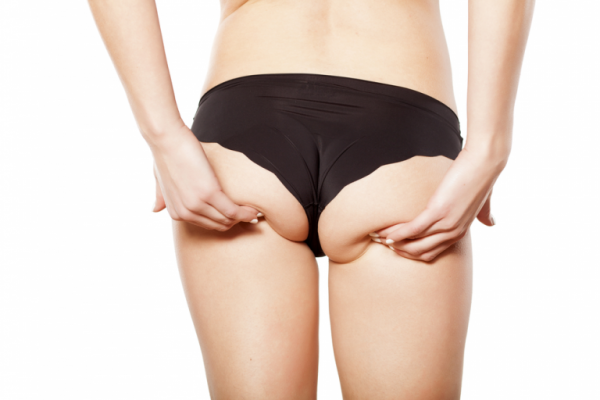Chemical Peel
A chemical peel is a non-surgical way of rejuvenating the skin on your face to reveal softer, smoother skin.
What Is A Chemical Face Peel?
A chemical face peel takes away dead skin cells and stimulates the growth of new cells. The peels vary in strength depending on the desired results but the most common types are phenol, salicylic acid, trichloroacetic acid and alphahyroxy acid.
What Can A Chemical Peel Do For Your Skin?
There are several ways a chemical peel can help your skin, including:
- Reducing fine lines and wrinkles
- Treating acne scars and other certain types of acne
- Improving the appearance of mild scars
- Reduce age spots, dark patches and freckles
- Evening out skin tone
- Make your skin look and feel smoother and rejuvenated
What Does It Involve?
The length of the treatment depends on which chemical face peel is required, in some cases, they can be left on for 30 minutes or more. You can discuss which peel will be right for you at your initial consultation.
The treatment involves cleansing the face and brushing the chemical liquid on top of the skin to remove the top layers. This is left for a few minutes, which may cause some stinging and burning sensations. Once the peel has taken affect, the face is then neutralised with a cooling, saline dressing. Lighter and medium peels generally do not require anaesthesia, but a deeper peel might. Each chemical peel Manchester patients undergo can bring about different results, the treatments vary as follows:
Lighter peels: This acts on the outer layer of epidermis. The chemical is applied to small areas of your skin depending on the characteristics of your skin and the desired results. Typically it’s left on for a few minutes before the saline is applied. After, the skin may feel tight for a couple of hours. Some superficial peels may require a few treatments a number of weeks apart.
Medium peels: More moderate peels remove the outer layer of the epidermis and the upper part of the layer underneath. Again, this is left on for a few minutes and patients may feel their skin stinging or burning during this time. The cooling agent is then applied. Skin may go red or brown in the days afterwards and it can take up to 6 weeks to return to normal.
Deep peels: This will act on the epidermis and the dermis, including the deep skin layers. Deeper peels will require a pre-treatment of the skin with Retin A. For this procedure, patients will usually need a local anesthetic. The liquid is applied onto your cleansed face for 30 minutes or more. After, petroleum jelly is applied all over the skin, this should stay in place for 2 days. Deeper peels can result in redness and discomfort for the first few days. You’ll also be required to wear bandages at the beginning. Analgesia may be required to help pain.
Results
Once your skin has started to heal you should notice smoother, clearer and more toned skin. The more intense the peel, the longer the results will last.
Risks And Complications
The risks with the chemical peel Manchester clinics offer can vary depending on the peel you choose. Common complaints include swelling, redness, and discomfort. More uncommon risks include unevenness, scarring, hypo or hyperpigmentation. All risks and complications will be discussed in great detail with the UK Aesthetic surgeon at your consultation.
FAQs
Who Can Get A Chemical Peel?
Those who are unhappy with the appearance of their skin because of winkles, fine lines, acne etc.
How Long Does A Chemical Peel Last?
This depends on which chemical face peel you choose. Lighter peels can need a series of regular treatments, moderate peels can last up to 6-12 months and deep peels are a one-off treatment.
Can A Chemical Peel Remove Acne Scars?
A chemical peel can help to reduce acne scars in some cases, but results vary from patient to patient.
How Much Does A Chemical Peel Cost?
The cost of a chemical face peel depends on the type of peel a patient requires. A quote will be provided at your consultation which includes all applicable fees.







